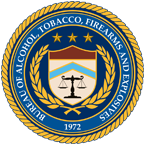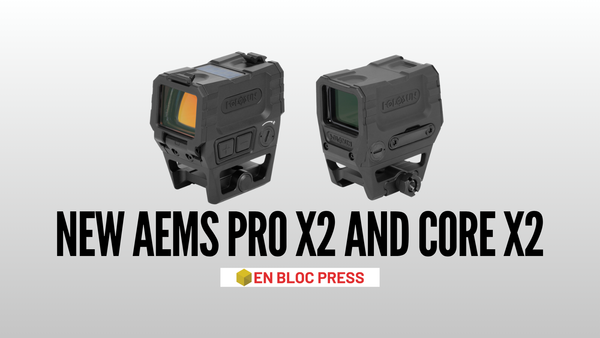ATF Moves on Pistol Braces - Issue #2 of 2023
The Newsletter for the week of January 14th, 2022
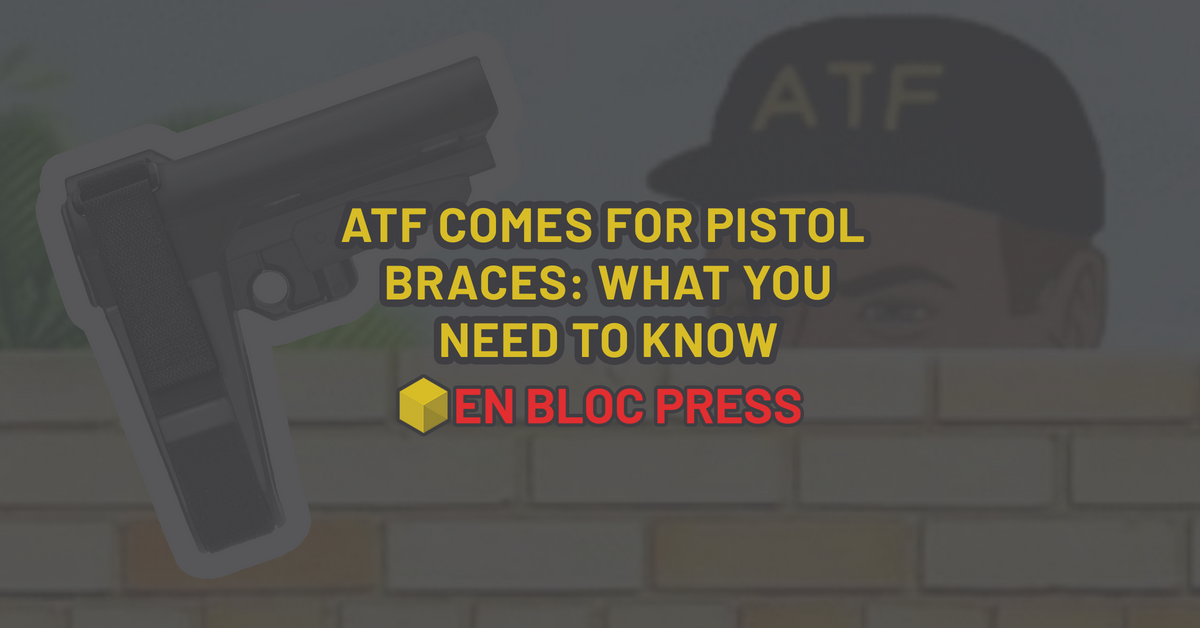
ATF Moves on Pistol Braces
The gun community has long speculated that ATF would move against pistol braces, and yesterday, the Biden administration made this a reality in the form of final rule 2021R-08F, “Factoring Criteria for Firearms with Attached ‘Stabilizing Braces.'" (Note: I'm going to call this rule '08F' moving forward - Lee)
The new rule will change how the legality of brace-equipped firearms is decided. The change will go into effect as soon as 08F is entered into the federal register, and, once law, affected gun owners will have 120 days to register their newly reclassified brace-equipped weapons as short barreled rifles (SBRs) or to modify, surrender, or destroy their firearms (lol. lmao, even).
To be clear, the new rule does not make pistol braces themselves illegal. Instead, 08F changes prior ATF guidance and classifies the vast majority of brace-equipped guns as short barreled rifles if ATF assesses the firearm is meant to be fired from the shoulder.
This change is important because SBRs are not standard over-the-counter purchases; SBRs are required to be registered in accordance with the National Firearms Act (NFA) via a lengthy application and approval process. The NFA registration process usually takes 8-12 months (sometimes longer) and costs the approved applicant a tax of $200 (approved applications receive a stamp of approval, commonly referred to as a "tax stamp"). ATF is waiving the $200 tax for applicants in this specific case.
In effect, the ATF has decided that most people who own a common plastic accessory – likely purchased as an over-the-counter upgrade or a part that came with their gun when they originally purchased it – will now be forced to apply for specific approval from ATF and register their firearms on the national register of NFA items (NFRTR) or destroy their property or surrender it to ATF. It's easy to see why this is unpopular.
So let's get into it:
ATF's Summary:
The Department of Justice is amending the regulations of the Bureau of Alcohol, Tobacco, Firearms, and Explosives to clarify when a rifle is designed, made, and intended to be fired from the shoulder. Specifically, under the Gun Control Act of 1968 and the National Firearms Act of 1934 the definition of “rifle” shall include a weapon that is equipped with an accessory, component, or other rearward attachment (e.g., a “stabilizing brace”) that provides surface area that allows the weapon to be fired from the shoulder, provided other factors, as described in this preamble and in the amended regulations, indicate that the weapon is designed, made, and intended to be fired from the shoulder.
FACTORING CRITERIA FOR FIREARMS WITH ATTACHED “STABILIZING BRACES”
The Main Focus of 08F
The main theme of 08F is that moving forward, a brace-equipped weapon will be judged an SBR if it's "designed, made, and intended to be fired from the shoulder." The 'fired from the shoulder' point is brought up repeatedly in ATF's complete rule (a nearly 300-page PDF that you can access [Here]) and is accompanied by guidelines that will help the ATF decide whether the gun is intended for shoulder fire.
This is a reversal of about a decade's worth of ATF decisions. With a snap of their fingers, ATF has decided that everything they've previously stated was wrong and that people they specifically told were obeying the law are criminals.
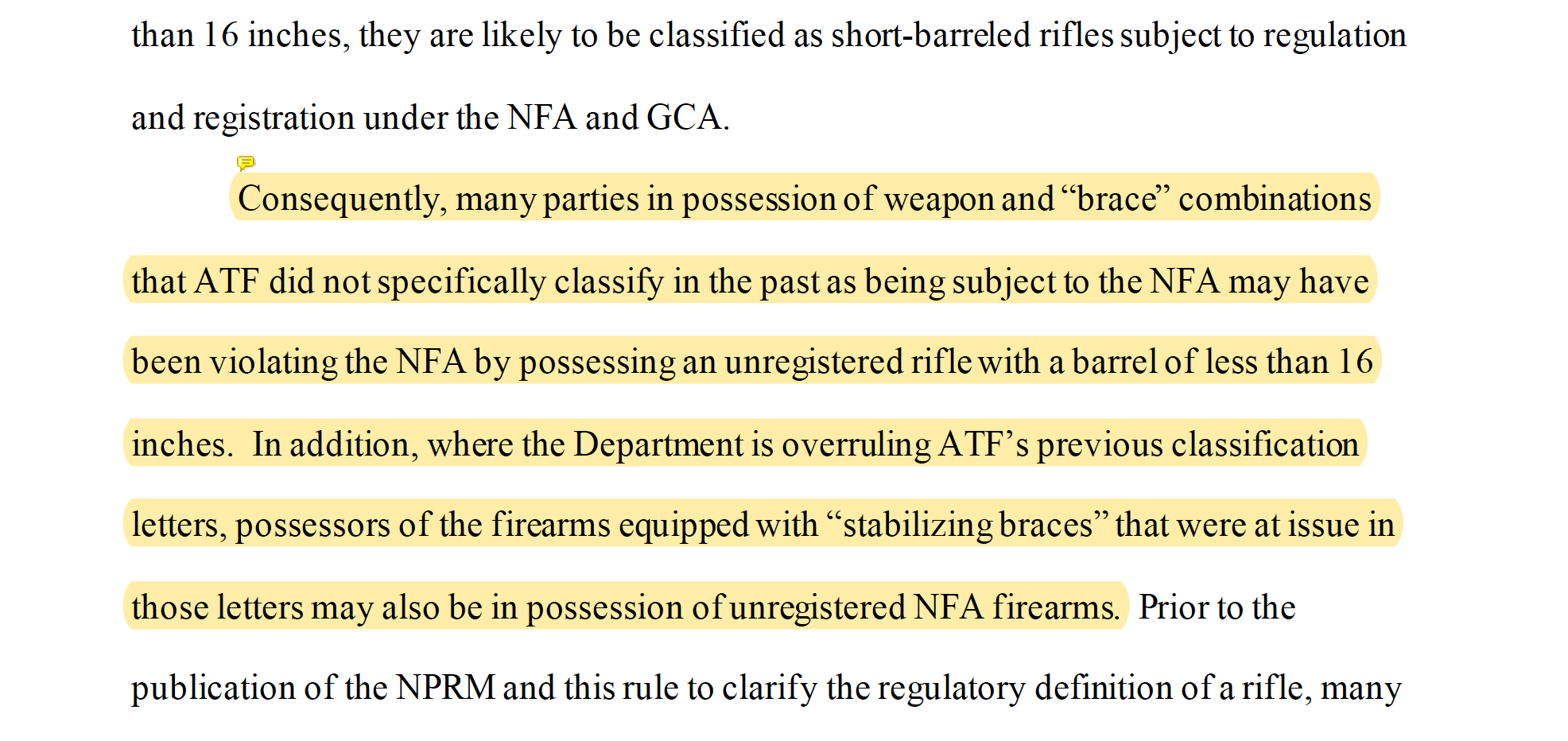
A Brief History of Braces
Back in the day, stabilizing braces were given the green light by ATF under the premise that such devices would help disabled shooters to stabilize bulky pistol configurations. This was 2012, and ten years and a zillion Magpul Tactical Carbine DVDs later, an entire industry exists to support the sale of 10.3" AR-pattern 'pistols' equipped with stabilizing braces.
Pistol braces have been an incredibly popular accessory since their introduction. SB Tactical has found tremendous success selling stabilizing braces as an aftermarket accessory and an OEM component for prominent manufacturers. And before pistol braces took off, SB Tactical checked with ATF to ensure their design was legal, and that ATF would not reclassify brace-equipped weapons as short barreled rifles under the National Firearms Act.
In a 2012 response to SB Tactical's inquiry, ATF wrote, "the submitted forearm brace, when attached to a firearm, does not convert that weapon to be fired from the shoulder and would not alter the classification of a pistol or other firearm. While a firearm so equipped would still be regulated by the Gun Control Act … such a firearm would not be subject to NFA controls."

In 2014, the ATF doubled down, specifically writing that firing brace-equipped weapons from the shoulder does not change the classification of a firearm to an SBR:
In your note, you ask about firing an AR-15 type pistol from the shoulder; specifically, if doing so would cause the pistol to be reclassified as a Short Barreled Rifle (SBR).
For the following reasons, we have determined that firing a pistol from the shoulder would not cause the pistol to be reclassified as an SBR:
FTB classifies weapons based on their physical design characteristics. While usage/functionality of the weapon does influence the intended design, it is not the sole criterion for determining the classification of a weapon. Generally speaking, we do not classify weapons based on how an individual uses a weapon.
Earl Griffith, Chief of ATF's Firearms Technology Branch, 5 March 2014
Then in January 2015, ATF changed its tune in a new letter. After a confusing year, ATF changed its mind again in December, and pistol braces were good to go for the third time.
Join the Free E-Mail List
In 2017 ATF confirmed to SB Tactical in a private letter that firing a pistol brace from the shoulder is fine, and that its January 2015 letter was hinged on a faulty premise.
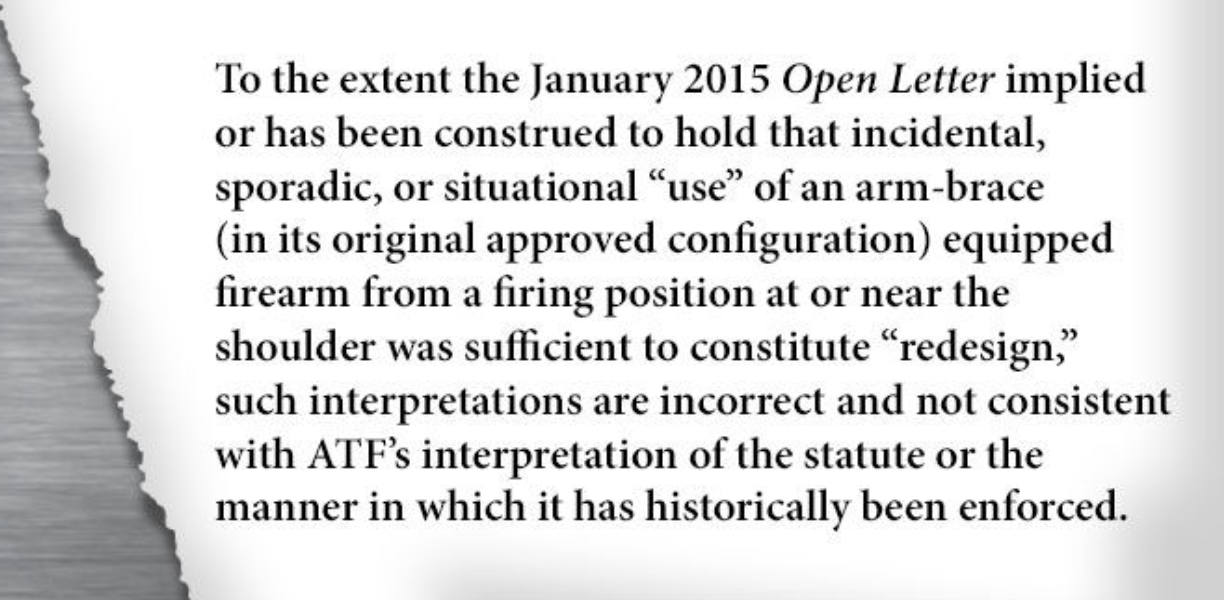
For those of you keeping score at home, the ATF issued FOUR separate letters between 2012 and 2017 indicating that stabilizing braces would not warrant the reclassification of brace-equipped firearms as short barreled rifles under the National Firearms Act and that brace-equipped weapons could lawfully be fired from the shoulder without any legal consequence.
Braces are a popular accessory; by ATF's math, more than a million gun owners have pistol braces (but I and many others suspect the actual number is much higher).
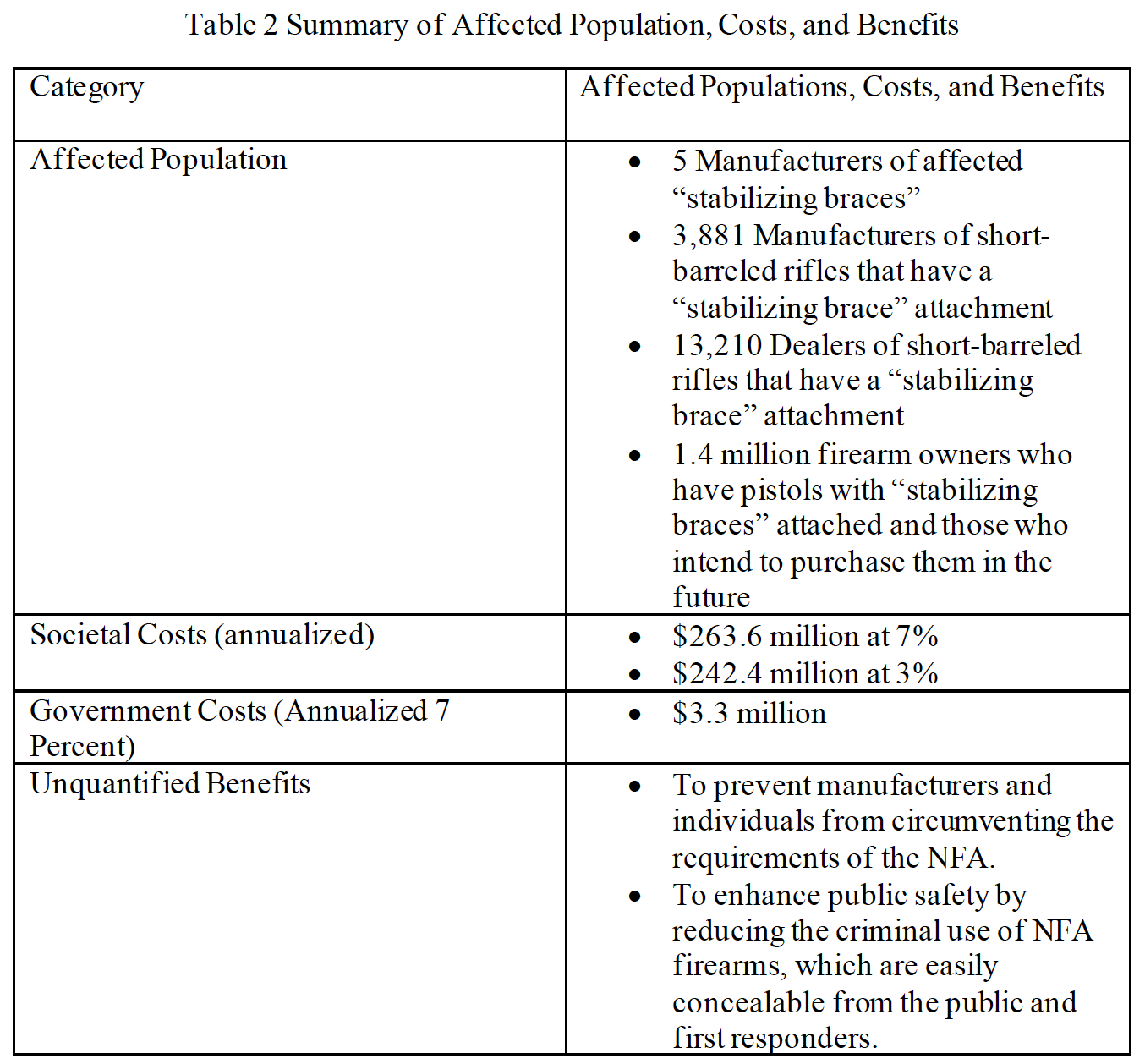
Yesterday, ATF decided that they'd been wrong all along. And now, the over one million people ATF estimates to possess a stabilizing brace will be expected to register their firearm with the National Firearms Registration and Transfer Record (NFRTR), destroy it, dispose of their pistol brace, or turn the gun in at an ATF office.
So how do you, the pistol brace owner, know if you are affected by all this?
How Does ATF Decide If a Brace-Equipped Gun is an SBR?
In drafts, ATF had proposed a complicated worksheet and points-based scoring system to judge whether or not brace-equipped firearms were short barreled rifles. In yesterday's final rule, ATF announced they abandoned the worksheet idea. ATF did, however, carry forward some of the concepts from the worksheet.
Here are the major factors in ATFs judgment making:
(1) whether the weapon has a weight or length consistent with the weight or length of similarly designed rifles;
(2) whether the weapon has a length of pull, measured from the center of the trigger to the center of the shoulder stock or other rearward accessory, component or attachment (including an adjustable or telescoping attachment with the ability to lock into various positions along a buffer tube, receiver extension, or other attachment method), that is consistent with similarly designed rifles;
(3) whether the weapon is equipped with sights or a scope with eye relief that require the weapon to be fired from the shoulder in order to be used as designed; (4) whether the surface area that allows the weapon to be fired from the shoulder is created by a buffer tube, receiver extension, or any other accessory, component, or other rearward attachment that is necessary for the cycle of operations;
(5) the manufacturer’s direct and indirect marketing and promotional materials indicating the intended use of the weapon; and
(6) information demonstrating the likely use of the weapon in the general community.
All of the objective design features and factors listed in the rule that indicate the weapon is designed, made, and intended to be fired from the shoulder are derived from the NPRM and proposed Worksheet 4999.
FACTORING CRITERIA FOR FIREARMS WITH ATTACHED “STABILIZING BRACES”, P10 and P11
Pay close attention to the part about optics. If your brace-equipped firearm has standard M4-style aperture/post sights or a magnified optic, ATF will likely judge your gun as an SBR.
So if you own a brace-equipped firearm that runs afoul of the new guidelines (which are, once again, not super clear), what are your options? Well, they're not great.
Options for Affected Brace Owners:
ATF details the following options for citizens with brace-equipped firearms affected by the new rule starting on page 270 of 08F. Here is the condensed version of the choices given to gun owners by ATF:
- Remove the short barrel and attach a 16-inch or longer rifled barrel to the firearm, thus removing it from the scope of the NFA.
- Submit through the eForms system an Application to Make and Register a Firearm (ATF Form 1)
- Permanently remove and dispose of, or alter, the “stabilizing brace” such that it cannot be reattached, thereby removing the weapon from regulation as a “firearm” under the NFA.
- Turn the firearm in to your local ATF office.
- Destroy the firearm. ATF will publish information regarding proper destruction on its website.
As many have pointed out, there is, in fact, a sixth option. But I won't discuss that here ;)
Where Does It Go From Here?
I'm not an attorney, but here are some factors which may be relevant in the inevitable lawsuit(s) over 08F:
- Pistol braces have become incredibly common and might clear a 'common use' hurdle in court. Further, pistol braces are not a popular gun crime accessory, so specifically targeting them is, in my opinion, arbitrary.
- SCOTUS, in the Bruen decision, showed its explicit support for 2A. This pistol brace business is a glaring example of malfeasance and bad-faith political action on the part of the ATF (especially in the wake of ten years of the ATF itself claiming that pistol braces should not trigger an NFA reclassification).
- ATF's eForms system is already slow and cumbersome to use. The ATF does not have the manpower or systematic capacity to process the number of NFA applications it would receive if anyone makes an effort to comply with 08F. Historically, courts are not friendly to policymaking that creates indefinite delays on 2A issues, and it would take ATF years to process all of these applications.
- Federal appellate courts are already split on the ATFs bump stock ban, which was recently tee'd up to be reversed at the SCOTUS level. The use of ATF rulemaking to effectively skip Congress and write new laws is not a safe bet in high courts, which have a (recent) tendency to put the agency in check.
Summing Up
The entire debate around pistol braces is uniquely depressing because everyone who owns one purchased it to comply with ATF's rules. The accessory itself is borne out of compliance. So this ruling is a notable example of a Democratic administration specifically punishing its middle-class political enemies through a bad faith use of enforcement agencies. There is no genuine public interest in curtailing the prevalence of brace-equipped weapons; these are accessories used almost exclusively by people who have gone out of their way to comply with ATF's semantics. It's pure friend/enemy politics, and you, dear reader, are the enemy.
In a real country, 08F should be an unenforceable ruling. There are 2,600 ATF Special Agents and well over a million pistol braces. ATF has given stabilizing braces four separate approvals in the ten years leading up to yesterday's reversal. The Supreme Court, for what it is, is very favorable to 2A issues right now. The bump stock ban is on thin ice, Texas is openly shunning the NFA with its suppressor laws, and more states than ever are federal gun law nullification states or open carry states.
Stabilizing braces are in common use, and are not a 'crime gun' accessory; policy actions against them are arbitrary. And, it's not even accepted that ATF, as an agency, has the juice to act on the issue. I suspect 08F is legally vulnerable in the court system.
But on the other hand, we live in a clown world with no limiting principle to the humiliating bureaucratic constraints that can be imposed against normal people whose only actual crime has been trying to follow the rules. So we'll see where this goes. Hopefully, this will be a short-lived thing.
Read More:

Other News
Illinois Assault Weapon Ban
Illinois this week enacted an assault weapons ban targeting most common AR-pattern firearms and similarly-styled "assault weapons." This is an example of violent and liberal Chicago trying to control the whole state of Illinois, and it's backfiring spectacularly while highlighting a rural/urban divide in a meaningful way.
The law is almost certain to be struck down in a post-Bruen world, and as of this writing, 74 Sheriffs have publicly refused to enforce the law, signed by Governor J.B. Pritzker.
The fact that a governor would sign a bill like this as a political stunt, knowing the law will be shut down in court, is not too surprising. That 74 county sheriffs would publically defy it feels like a big deal. Accelerate, baby.
Read More:
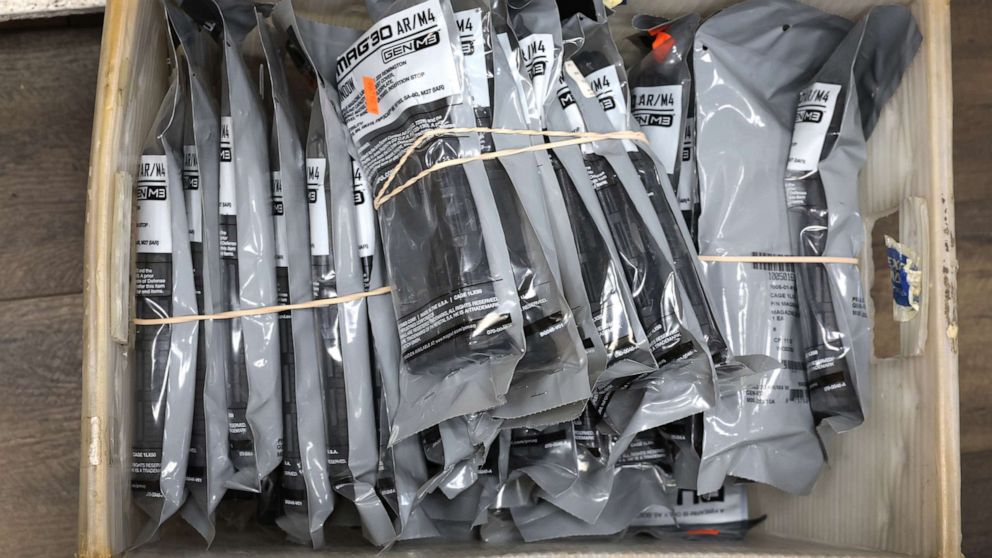


Post Sample Crackdown
ATF releases an open letter about full-auto dealer samples. Probably only relevant to you if you're an FFL or a buyer for an agency.
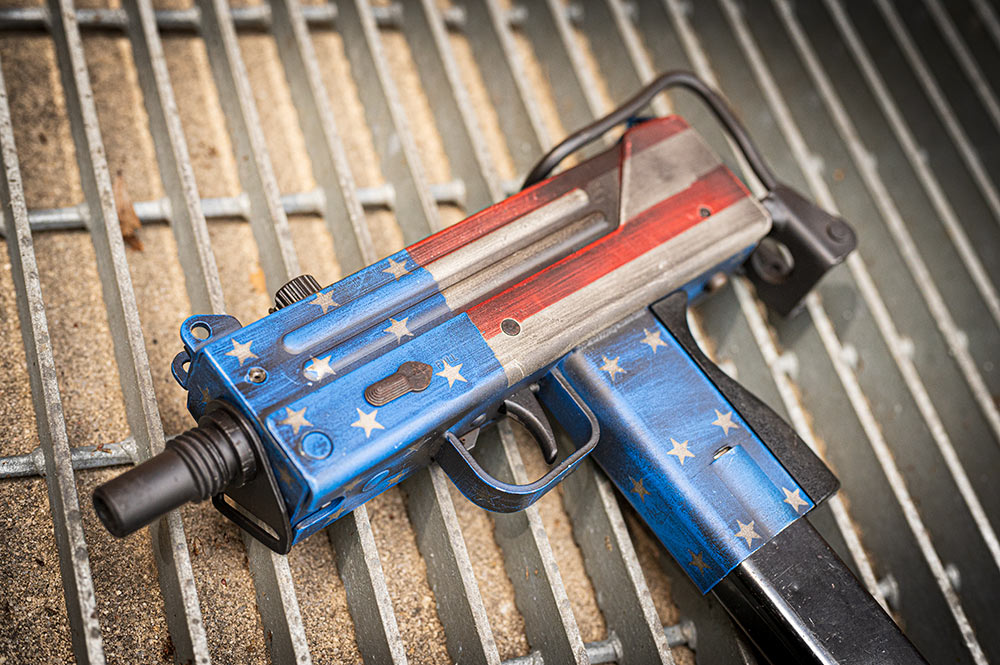
Adjacent News
If you were on Twitter this week, you saw the Big Thing with gas stoves. Stateless Med took apart some of the bad science behind the "gas stoves give kids asthma" claims. His blog is excellent, and if you are interested in seeing how statistics get misrepresented for political points, this is a good quick post to read.

Tweet of the Week

-Lee


